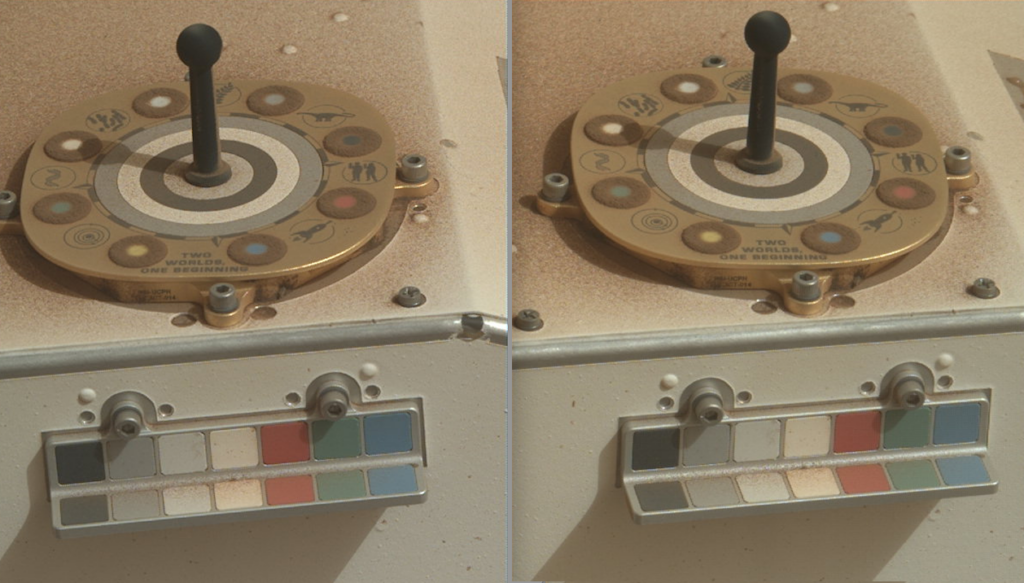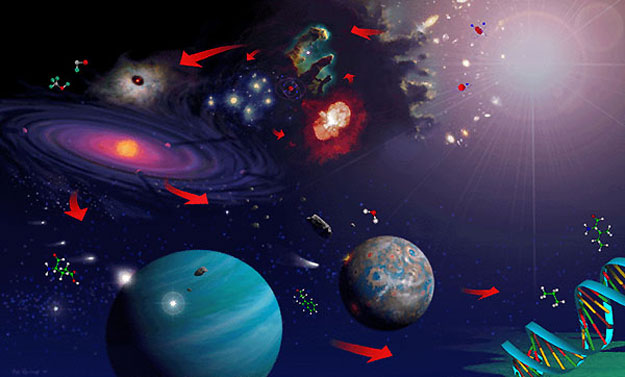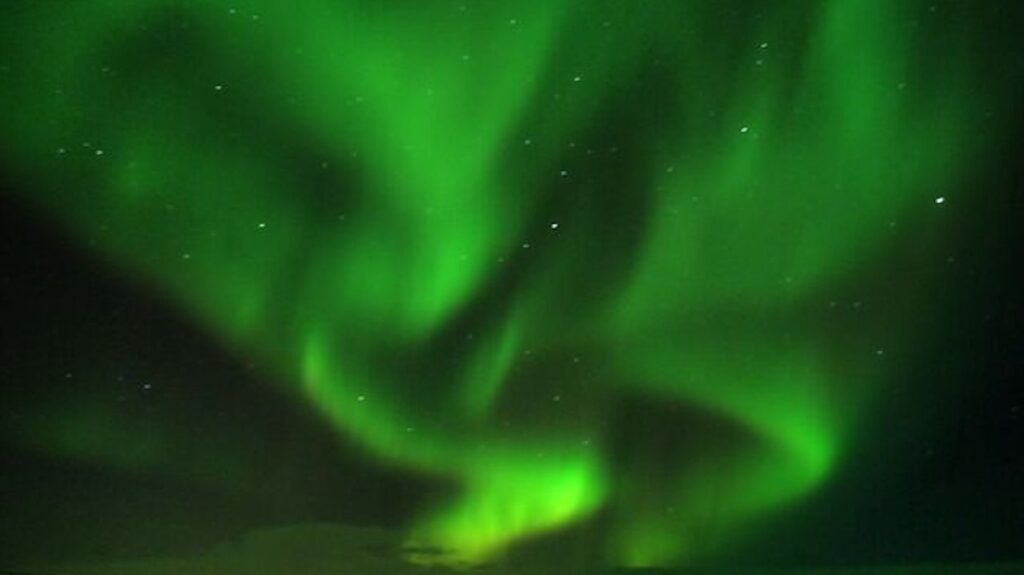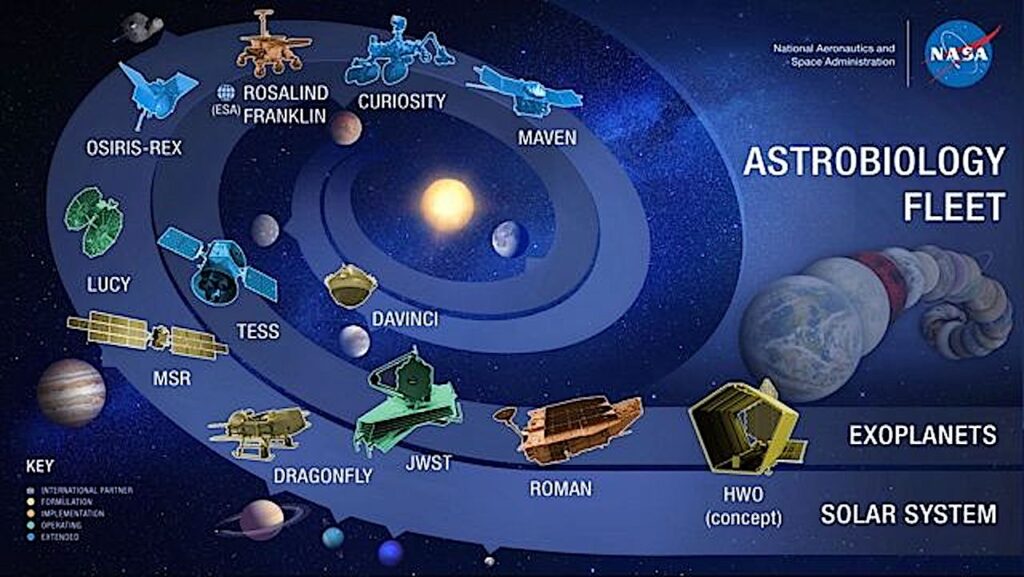Bruce Runnegar Receives Lapworth Medal
Please join us in congratulating former NAI Director Bruce Runnegar of UCLA for receiving the 2009 Lapworth Medal from the Paleontological Association!
Bruce Runnegar has been one of the most innovative researchers of his generation, and a testament to the visionary nature of his research and its endurance. Of course, taxonomic works in palaeontology have a long ‘half-life’, but review papers tend to burn brightly and quickly. Runnegar has published his fair share of taxonomic studies, elucidating the early evolutionary history of molluscs. However, he also has an enviable back-catalogue of reviews and opinion pieces that were not merely of the moment, but remain as relevant and inspirational today as when they were published, many of them decades ago, and they continue to accrue citations as a result.
Runnegar’s 1982 Geol Soc Australia article codified the conundrum of the Cambrian Explosion – whether it should it be interpreted as an explosion of animal diversity, or merely of fossils. He made the first serious attempts to tackle this problem, by employing the molecular clock, long before it became fashionable among molecular biologists (for whom it is now an industry), in trying to obtain an independent timescale for animal evolution. He is believed to be the first person to codify the concept of disparity used by Gould as the centrepiece of his thesis in Wonderful Life. Furthermore, Runnegar had reconciled the ‘weird wonders’ of Wonderful Life as stem members of extant animal phyla soon after its publication, but it took almost a decade for the debate to catch up.
Runnegar’s vision was ultimately distilled in the written account of his 1985 address to the Palaeontological Association in which he argued that palaeontology is a discipline concerned with fundamental questions, that the most appropriate dataset to answer these questions is not always to be found in lumps of rock, and that all relevant data and methods should be brought to bear in attempts to resolve these questions. This perspective is held generally among palaeontologists, and he has a flourishing following of disciples, but no one has fulfilled the promise of this integrative vision as has Runnegar, evidenced, not least, by his appointments as Director of the UCLA Astrobiology Center, and of the NASA Astrobiology Institute.
For more information: http://www.palass.org/modules.php?name=palaeo&sec=awards&page=120
Source: NAI Newsletter








